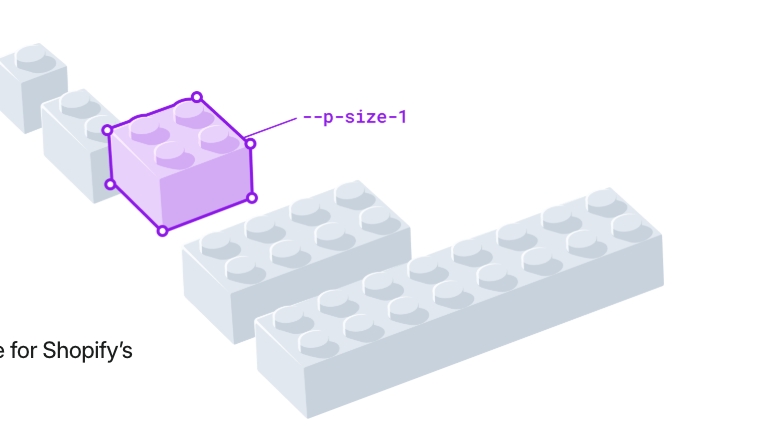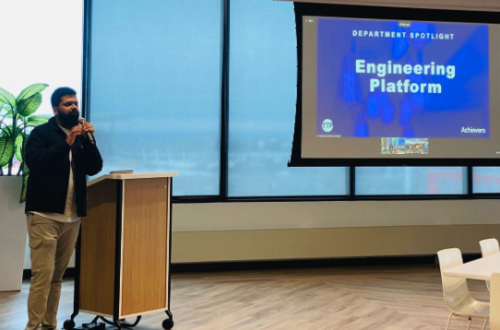In today’s digital-first world, design systems have become the backbone of scalable and efficient product development. Whether you’re building a startup MVP or scaling a global product, a well-structured design system can be your greatest ally.
What is a Design System?
Think of a design system as the connective tissue that unifies your product’s visual and functional language. It’s a living, evolving set of guidelines, components, and tools that ensure consistency, efficiency, and scalability across all touchpoints of your platform.
As Drew Bridewell from InVision aptly puts it:
“A design system acts as the connective tissue that holds together your entire platform.”
Key Benefits of a Design System
- Consistency
Ensures a unified user experience across all screens and features, reducing cognitive load and improving user satisfaction. - Efficiency
Eliminates repetitive design tasks by providing pre-built components, saving designers and developers valuable time. - Scalability
Offers a flexible framework that can evolve with your product needs—perfect for growing teams. - Collaboration
Acts as a shared language between design and development teams, reducing misunderstandings and friction. - Branding
Reinforces your visual identity by applying brand standards consistently across your platform and marketing materials.
Core Elements of a Design System
A robust design system typically includes:
- Design Language & Guidelines: Your visual and UX philosophy.
- UI Components: Reusable buttons, forms, icons, etc.
- Typography: Harmonized font styles and sizes.
- Color Palette: Defined colors used across the app.
- Design Assets: Icons, illustrations, and images.
- Accessibility Guidelines: Making your product inclusive.
- Documentation: A central resource for all usage instructions.
- Governance: Rules for updating and maintaining the system.
Metrics That Matter
To measure the success and ROI of your design system, track:
- Average time to design a component
- Monthly hours spent on new designs per designer
- Overall design hours per month
- Monthly design-related cost
Tech Stack Tips
Frontend: Choose scalable frameworks like React, Angular, or VueJS. For mobile apps, React Native and Flutter are great hybrid options.
Backend: Use cloud infrastructure (AWS, GCP, Azure) and CDNs (like CloudFlare) to optimize performance. A well-structured database is essential for a smooth UX.
Inspirational Design Systems to Explore
- Apple Human Interface Guidelines
- Microsoft Fluent Design
- Shopify Polaris
- Airbnb Design
- Google Material Design
- Uber Brand System
- Atlassian Design System
- Salesforce Lightning
A great design system doesn’t just make your product look good; it empowers your team, accelerates your development cycle, and ultimately delivers a superior experience to your users.
Whether you’re just getting started or refining an existing system, investing in a design system is investing in your product’s future.



